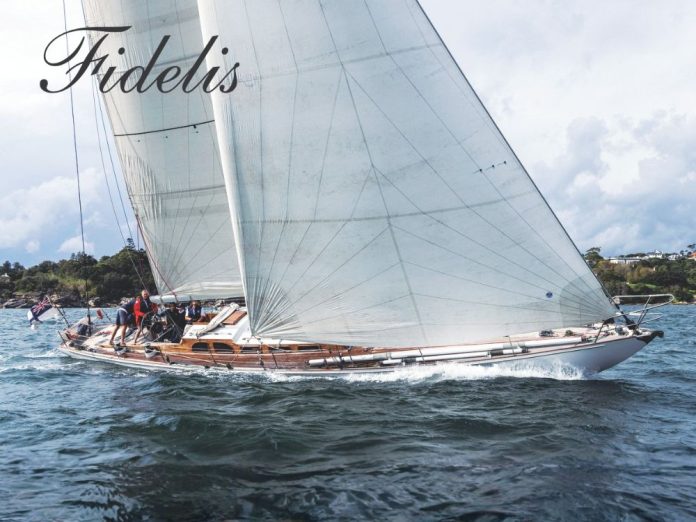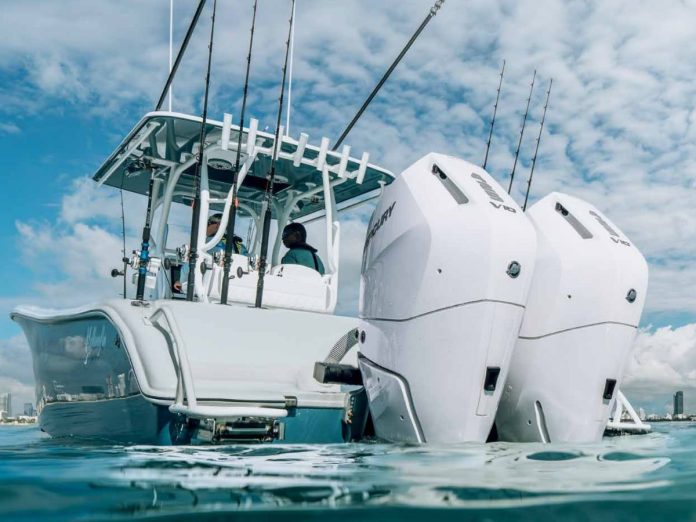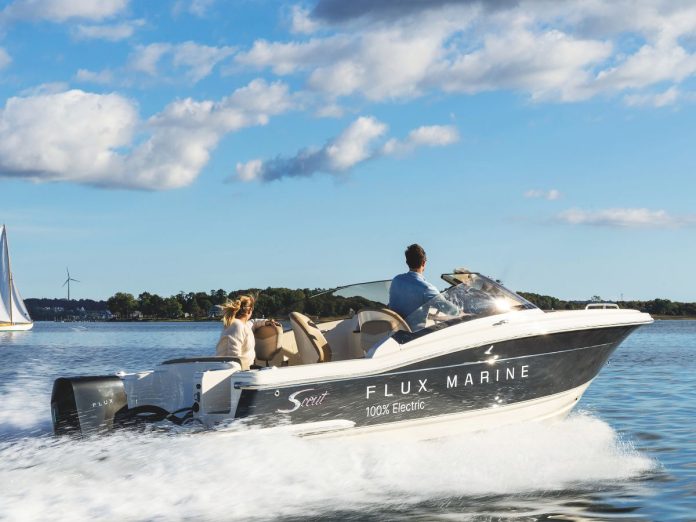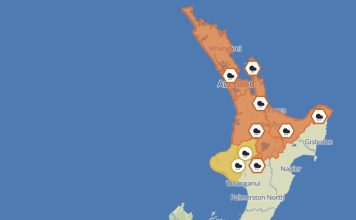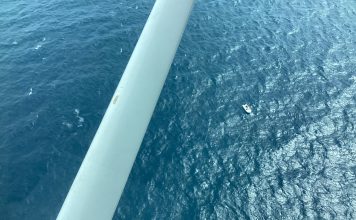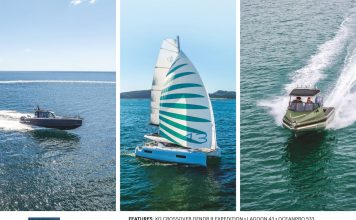Boaties entering Doubtful Sound often query the chart’s numerous Spanish landmarks. They date back to 1793, when cartographer Felipe Bauza penned the first map of the Sound’s lower region. But his chart was incidental – Bauza was there for a different reason, writes Lawrence Schäffler.
Bauza was the official cartographer on the Malaspina Expedition – a five-year (1789 – 1794) voyage of scientific research and discovery.
A Spanish initiative, it comprised two 36m corvettes – the Descubierta and the Atrevida – commanded by Don Alessandro Malaspina and Don Joseph de Bastemente respectively. On board were multi-disciplinary teams of experts – including surveyors, astronomers, and mathematicians.
Malaspina (who was actually Italian) led the expedition and one of its many tasks was conducting ‘gravity’ measurements with pendulums at various locations around the planet. All part of a quest to establish the Earth’s true shape – and, as a bonus, to bolster a proposed, new system of metric measurements.
Grapefruit or egg?
That the earth was round had been universally accepted for centuries – thanks to the ancient Greek astronomers who observed the shape of the Earth’s shadow on the moon during a lunar eclipse. The first circumnavigation by European sailors (under Magellan) in the early 16th century proved beyond doubt that humanity lived on a sphere.
But by the late-17th century a more refined idea had gained popularity. Isaac Newton – the greatest physicist of the age – postulated that the earth was not, in fact, a perfect sphere but ellipsoidal. An ‘oblate spheroid’ with flattened poles and a bulging equator (like a grapefruit). The shape, he declared, was caused by the centrifugal force generated by the spinning planet.

This theory ran counter to a different hypothesis by the French physicist Rene Descartes (he of “I think, therefore I am” fame) who argued that the Earth’s poles were pointed, and that the planet was shaped more like an egg.
Why were they debating this?

Well, it was the Age of Enlightenment – an exciting time of global exploration and new discoveries. Knowing the true shape of the Earth would have a significant bearing on maritime navigation and the creation of new charts – especially in the largely unexplored Southern Hemisphere.
Accurate charts would provide the coordinates of various land masses. In an age of rampant imperialism the precise location of a kingdom’s geographic assets (with their mineral riches and natural resources) was definitely worth knowing – and protecting.
To help settle the fat vs thin debate, scientists began using a basic but ingenious device called a ‘second’ pendulum – the ‘second’ referring to the frequency of the pendulum’s swing. One second away, one second back – two seconds for a complete oscillation.
Pendulums & gravity
Invented in 1656 by Dutch horologist Christiaan Huygens, the pendulum clock used a bob hanging from a ‘staff’. The timing of its swing created the ‘second frequency’ and significantly increased a clock’s accuracy. That, in turn, raised the notion that the length of the pendulum’s staff (approximately one metre) could be used as a universal unit for measurement.
But scientists quickly discovered that, depending on the location (latitude), there were serious variations in a pendulum clock’s accuracy. Newton explained that this was caused by local variations in gravity around the planet.

As per the grapefruit analogy, the surface of the Earth at its poles is closer (about 21km closer) to the planet’s core than at the equator – accounting for stronger gravity at the poles. Furthermore, variations in gravity were also caused by uneven land masses around the Earth.
Manipulating this phenomenon, scientists realised that by timing the pendulum’s oscillations the local force of gravity could be measured. With enough measurements (from both hemispheres) the shape of the earth could be calculated accurately.
These gravity measurements would be particularly useful at points halfway between the equator and the South Pole – for mapping the unexplored Southern Hemisphere. Doubtful Sound – at 45° South – ticked all the boxes for Don Malaspina.
Doubtful Sound
Alas, his gravity measurements were not to be.
He arrived at Doubtful Sound in February 1793, but like Captain James Cook before him (1770), he decided entering the Sound was too risky.
Cook had sailed past, naming it Doubtful Harbour because of the breaking seas and islands guarding the entrance. It was renamed Doubtful Sound much later by whale and seal hunters – though technically it is a fiord, not a Sound.
The two corvettes hovered off the Sound’s entrance, their crews nervous about venturing into an uncharted stretch of water which might not offer a decent anchorage, and from which – in the prevailing southwesterlies – it would be very difficult to leave.
Malaspina reasoned he could easily do the 45°S measurements at other parts of the planet (either side of South America) and abandoned the idea of entering the Sound.
But while the two corvettes stood off the entrance, Malaspina sent a dory ashore carrying the cartographer Bauza. Bauza worked feverishly and took numerous observations, readings and sights – enabling him to draw his chart.
Many of the names he used are reflected in today’s charts – Febrero Point, Bauza Island, Marcaciones Point, Nee Island and Pendulo Reach.
Metric system
Malaspina’s expedition had an additional ‘measurement’ objective. Measuring gravity with a second pendulum (equipped with its standard-length ‘staff’) supported the argument for a universal unit of length. And the expedition’s timing coincided perfectly with the emergence of the new metric system.
In the late 18th century measurement systems around the world were in a mess because different countries (and even towns) used their own methodologies. One man’s 200-pound sack of flour didn’t always equate to another’s. Understandably, this problem was compounded by the growth in global trade – and by the need for a fair, accurate taxation system.
The French were the main drivers of a new, standard system using metric measurements – and as befitted the Age of Enlightenment, they proposed a logical, rational approach to length, weight and volume. The second pendulum with its standard-length staff bolstered their argument significantly.
There was quite a bit of resistance at first, but by the 1850s much of Europe was using the metric system – and it then spread to most of the world.
Dishonour
For such ground-breaking work, you’d imagine Malaspina would have returned to a rapturous welcome in Spain. Surely an explorer in the same league as Magellan, Da Gama and Cook?
Well, he did – at least initially. But he somehow became involved with an attempted coup of the Spanish government, and for his trouble he was thrown into prison. His expedition’s vast collection of research and writings languished in obscurity.
The material was only published nearly 60 years later, in 1851. In 1999 a definitive, nine-volume account of the expedition was published by Spain’s Museo Naval and Ministerio de Defensa.
Here in New Zealand, the expedition is remembered for the first Doubtful Sound chart, and in 1984 a plaque honouring Malaspina and Bauza was laid at the Sound’s Marcaciones Point. It reads:
“Don Felipe Bauza of the Spanish Expedition commanded by Captain Malaspina was the first European to explore Doubtful Sound. He landed on this point on 25 February 1793.”

Focault’s Pendulum
For all their simplicity pendulums have played a significant role in explaining our planet’s behaviour. A famous example is Foucault’s Pendulum – a replica of which hangs in Paris’ Pantheon.
In 1851 French physicist Jean Foucault provided simple proof that the Earth rotated on its axis. Of course, astronomers and physicists already knew this from heavenly observations and mathematical calculations, but their scribblings were too esoteric for the common man.
Foucault’s pendulum provided more tangible evidence. He suspended a pendulum bob on a 65m wire from the apex of the dome inside the Pantheon. The bob hung close to the floor, with a disc representing the 24-hour day directly beneath it.
The pendulum was set in motion, oscillating in a shallow arc along a 06h00-12h00 (or south-north) plane, and while it continued swinging, the disc (and any patient observers) rotated slowly beneath it. The pendulum ‘returned’ to the original plane 24 hours later.
Credit: Pantheon Pedule de Faucault, Benjamin Gavaudo.

Southern Secret
Fiordland is notorious for its rain, fog and fierce winds, and if you’re not brave enough to visit Doubtful Sound in your own boat (you’re not alone) there are other ways to experience it. I selected an overnight cruise on the 20m Southern Secret – and it’s an excellent option.
Getting to the vessel (moored in Deep Cove) is a logistical adventure. It begins with a bus ride from Te Anau to the mooring basin at Lake Manapouri, followed by a 45-minute dash across the lake (high-speed cat) which ends at West Arm. There another bus takes you across the Wilmot Pass (45 minutes), delivering you to Deep Cove and the Southern Secret.
She has five cabins – each with a double bed and en suite. One cabin has two additional single berths, so the vessel also caters for solo travellers. Our hosts were Adam (skipper) and James (chef) – both have an encyclopaedic familiarity with the Sound’s fauna and flora, history and convoluted geography.

Apart from surveying the Sound’s majesty from the vessel, activity-oriented guests can indulge in kayaking and fishing. Crayfish (collected from the pot – the coordinates are secret!) are on the dinner menu. James’ meals are a treat!
The vessel’s most unexpected feature was its WiFi service – thanks to Elon Musk’s Starlink satellite constellation. Super-fast and easy – it allows you to instantly share photos with friends and whanau in other parts of the world.
The cruise’s all-inclusive cost covers the bus-boat-bus transport odyssey to and from Deep Cove – but you have to take you own alcohol. In the vast, brooding stillness of Doubtful Sound, a smooth cabernet is the perfect companion for contemplating your place in the universe.
For more information visit www.doubtfulsound.com











